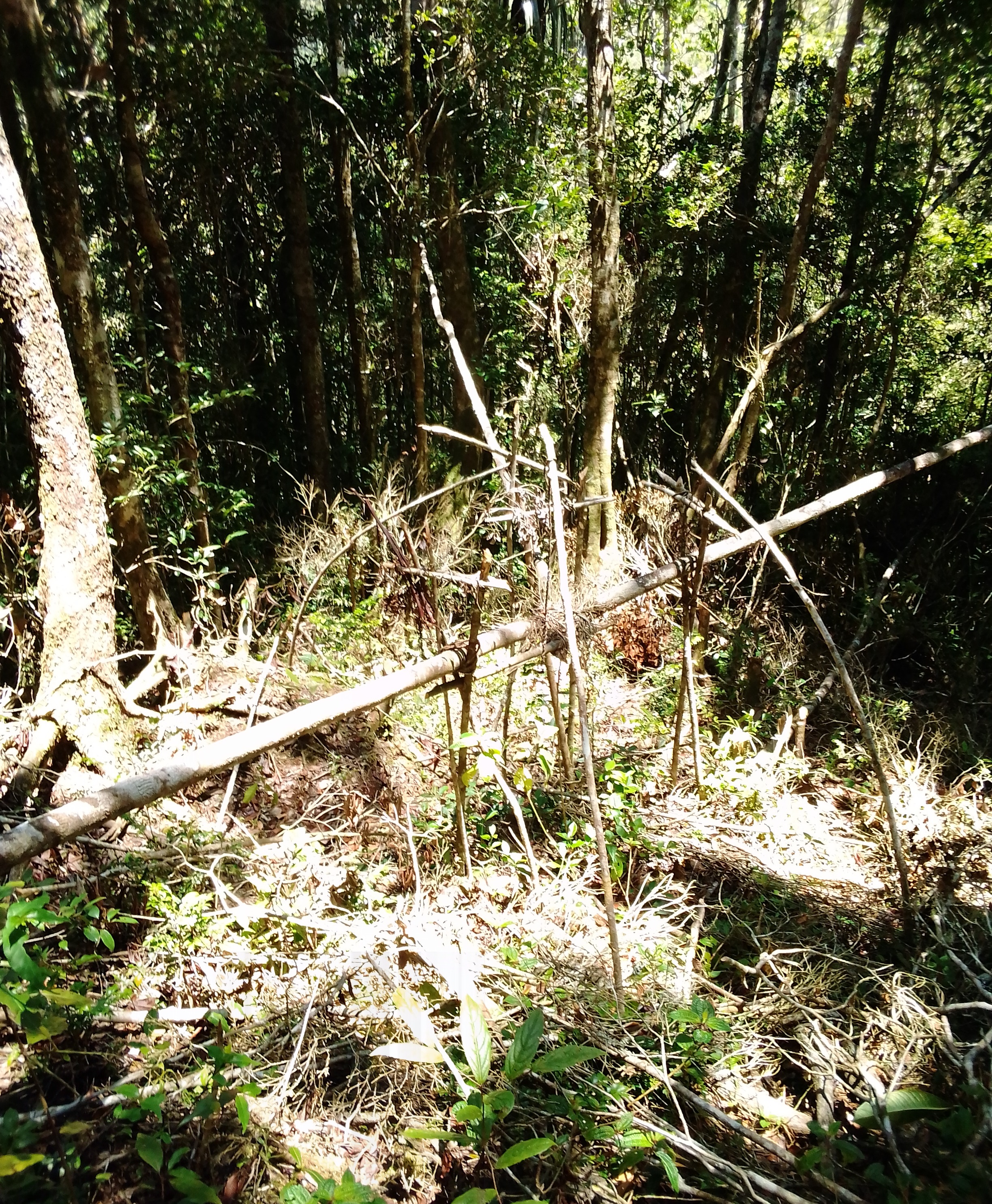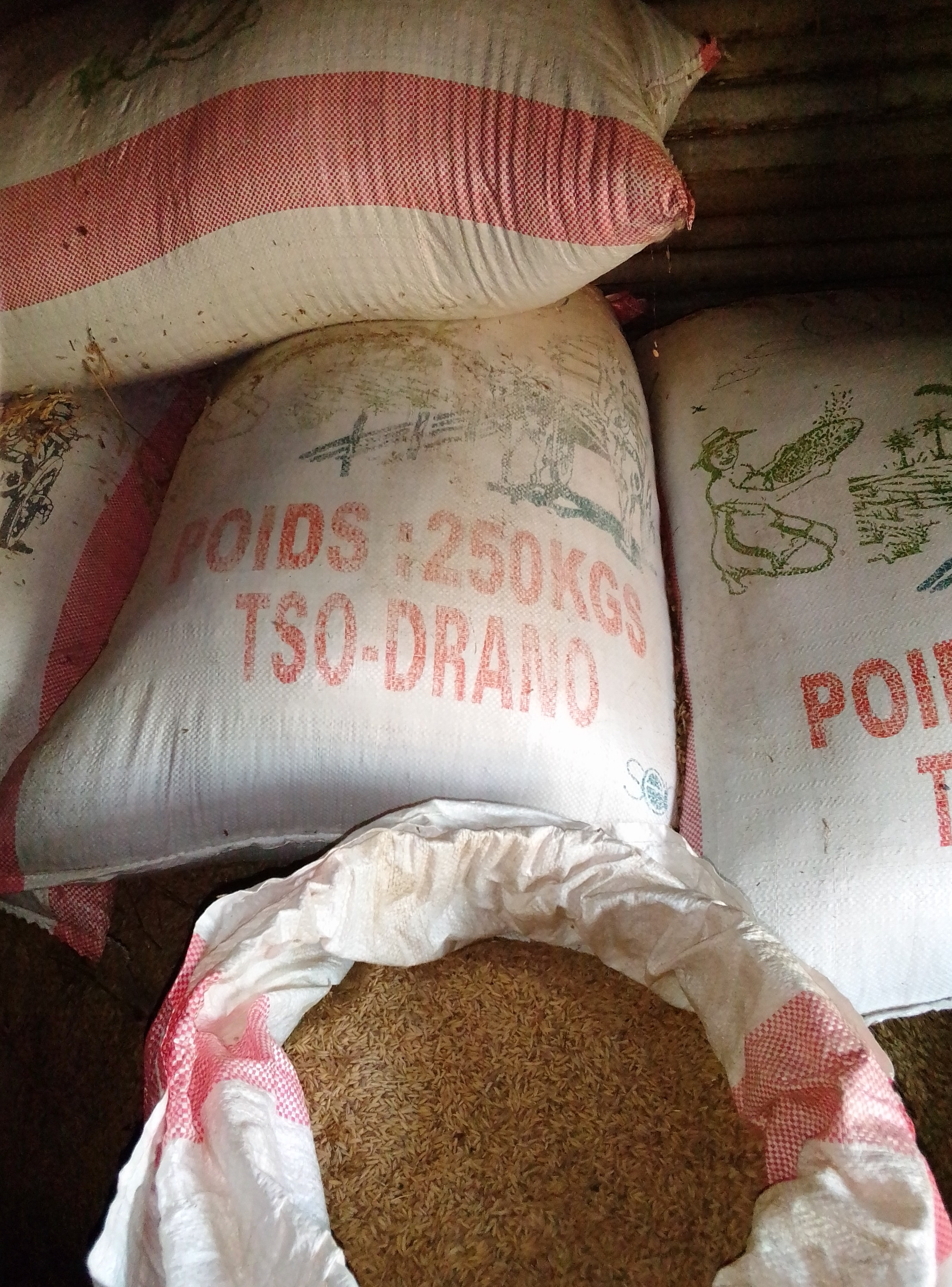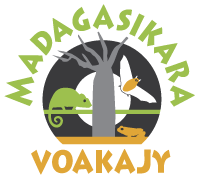
The Indri (Indri indri) and Diademed Sifaka (Propithecus diadema) are among the largest lemurs of Madagascar. Both are listed Critically Endangered on the IUCN Red List (Version 3.1) due to predicted population decline by 80% in the next 36-45 years caused by habitat loss and degradation and increasing hunting pressures. If Madagascar loses its lemurs, the country is likely to lose a major proportion of its income from ecotourism, while missing key ecosystem services provided by lemurs and their forest habitat. It is therefore urgent to save the lemurs from extinction.
In Moramanga District, Alaotra-Mangoro Region, eastern Madagascar, we are working to save lemurs in their natural habitats with the local communities and authorities around two Reserves: Mangabe-Ranomena-Sahasarotra and Corridor Ankeniheny Zahamena. Ambodivarongy village is located in-between these two Reserves. People from this village have been reported to hunt lemurs and clear forests in these Reserves. This is why we targeted Ambodivarongy in this project aiming to educate and engage youths (14-30 years old) to adopt sustainable farming techniques to improve their livelihoods and reduce pressure on the forest, and to raise awareness for lemur conservation in their villages.
The project was launched in Ambodivarongy village in May 2019 with support from the Mayor of Lakato Commune. By September 2020, the group named Vintsiala was formed with ten members (04 men and 06 women) and one focal point. They opted to grow successively rice and beans as farming techniques. Rice growing followed the Improved Farming technique. By May 2020, the team harvested 475 kg of rice, a yield 2,5 times higher than the traditional techniques. About the yielded rice: they distributed 0.3 kg for each member, they devoted 6 kg for the next agricultural season and they are waiting for the month of December 2020 to sell the rest because the price is highest this month. The money obtained will be used to ensure the functioning of the association.
Due to the intense drought in the area since June 2020, the team did not grow the beans as planned. Instead, they left the land to rest and prepared composts for the current agricultural season. In December 2020, the team had 600 kg of compost ready to be used in the field. Rice planting for the new season has started at the group land, and individually, each member has also started adopting the techniques.
In addition to growing rice, the youths in Ambodivarongy started to engage in lemur conservation, by raising awareness in the villages and running patrols in the nearby forests. On 18th November 2020, they destroyed two lemur traps they found in Ambodivarongy forest. During a meeting with the project leader in Lakato on 29th November 2020, their parents reported they will start adopting the techniques during this agricultural season. We will continue mentoring and monitoring activities to encourage parents in their engagements.
This project, supported by IUCN Save Our Species (https://www.saveourspecies.org/ ), Chester Zoo and the Waterloo Foundation, is targeting in total 16 villages around the two Reserves. Youths and their communities are at different stages of engagement and successes. Our experience to date highlights the importance of engaging youths in the development and conservation processes, as they can rapidly influence the overall community. Interventions need to be adaptive and continued. In addition to the indri and the sifaka, this project will benefit to other lemur species, including the aye-aye Daubentonia madagascariensis and the dwarf lemur Cheirogaleus major.
), Chester Zoo and the Waterloo Foundation, is targeting in total 16 villages around the two Reserves. Youths and their communities are at different stages of engagement and successes. Our experience to date highlights the importance of engaging youths in the development and conservation processes, as they can rapidly influence the overall community. Interventions need to be adaptive and continued. In addition to the indri and the sifaka, this project will benefit to other lemur species, including the aye-aye Daubentonia madagascariensis and the dwarf lemur Cheirogaleus major.
The contents of this article are the sole responsibility of Madagasikara Voakajy and do not necessarily reflect the views of IUCN.



